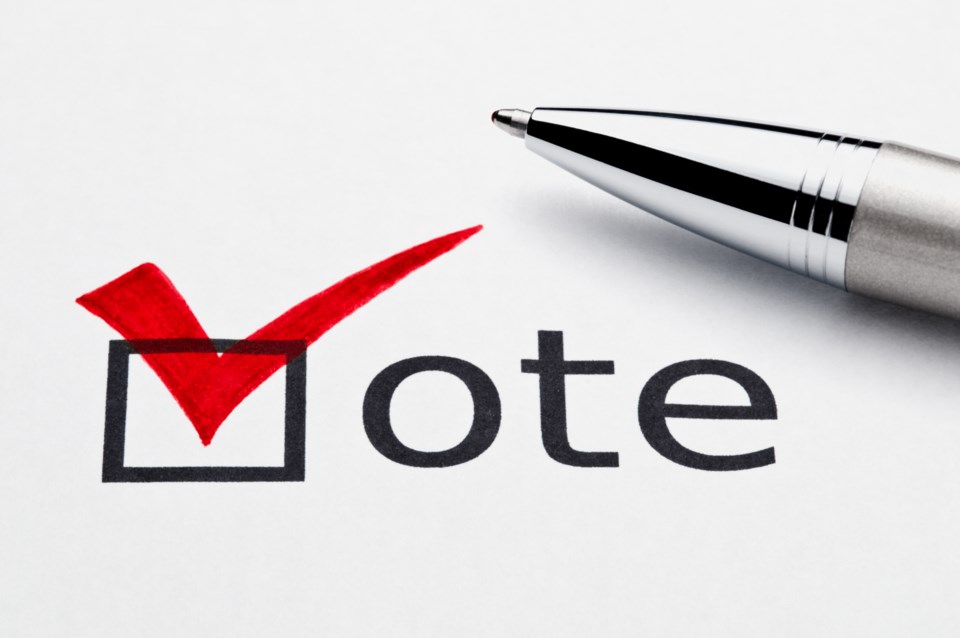OrilliaMatters welcomes letters to the editor. This letter is in response to recent letters about electoral reform.
********************
Every election I vote knowing my vote will have zero impact in the make-up of our future Parliament. That is because of a flawed balloting system imposed on Canadians, without our consent in 1867, by the UK Parliament.
One of the defects of our current voting system is the creation of safe or bastion ridings where the outcome on election day is foreseen.
In 2015 the Liberal Party’s campaign manifesto pledged to reform how we vote, called “first-past-the-post” or FPTP before the 2019 election. In 2015, the combined Liberal/Green/NDP vote totaled 63%. All these parties ran on a platform to replace FPTP.
Greens and New Democrats were specific about their preferred ballot reform. Liberals, not so much. That being said, voters gave the new Liberal government of Justin Trudeau a strong mandate for ballot reform.
Unfortunately, the Prime Minister reneged on his pledge to reform how we vote, which he cited over 1,300 times during the campaign he would do, before the 2019 federal election. We now know this Liberal pledge to reform voting was made in bad faith, that Justin Trudeau had no intention of replacing FPTP.
Our federal elections are actually 338 individual votes, when the winner is the one who garners the most or plurality of votes, in a single voting district.
When you look at the results of our elections and compare the distribution of seats in our Parliament, to the aggregated popular vote, we see a great distortion between actual voter intentions.
In Ontario 2018, Canada 2011 or Canada 2015, we saw majority governments even though they were rejected by the majority of voters. This false majority is FPTP's greatest defect.
I support Canada adopting a proportional representation or PR, as it is the only ballot reform that addresses this disproportionality defect, the result of FPTP splitting the non-Tory vote across three-plus party options, rendering them worthless, when it comes to allocating seats in our Parliaments.
In recent weeks, I’ve been reading numerous letters in OrilliaMatters from authors rejecting PR for reasons I find to be false. Most of the reasons cited tended to be based on opinion rather than on fact like PR is too complicated, too hard to understand, too disruptive, gives too much power to parties not people or that can’t be done without referenda.
When the last Parliament’s special committee on electoral reform (ERRE) studied possible replacements for FPTP, they addressed all these points, disproving them mainly as partisan talking points for those opposed to any proportional voting system.
I support a version of Mixed-Member Proportional Representation, called Jenkin’s MMP (Link to Fair Vote Canada’s video: https://is.gd/Pf1qc5). I did a simulation using actual 2019 results from 13 ridings from central Ontario.
MMP would convert these 13 ridings into eight single member, local districts where the MP would be selected using Liberal-endorsed preferential voting or Ranked Ballot. The remaining five MPs would be at-large candidates, picked by all the 801,000 voters in this aggregated district, using on a quota that factors in seats already won, to achieve greater proportionality.
The Gallagher Index or GI is a measure of proportionality. It compares the popular vote to actual seats won. When ERRE studied voting systems, they recommended the GI < 5. My simulation resulted in a GI of 4.463.
Another measure of the benefit of switching to this MMP model is "vote effectiveness."
Under FPTP, only Liberal or Tory votes (75%) were effective. MPP would see Greens and New Democrat MPs elected, increasing effectiveness to 98% of votes cast. This is how you increase voter turnout - voters knowing their vote actually matter.
Preferential or Ranked ballot voting would not likely see a Green or New Democratic MP elected in our region, so where is their incentive to vote?
Switching to an MMP voting system means existing boundaries would need to be redrawn, but they were redrawn prior to the 2015 election, as they are redrawn after every census, without hardship.
Every candidate’s name would appear on the ballot and would be nominated in the same manner they are today. And just like today, the party’s leaders can influence who can run under their party’s banner.
Opponents of PR often cite the growth of minor, single-issue parties gaining seats in our parliaments. As with FPTP they would likely not win one of the eight riding seats.
In 2019 only one Independent won, Judy Wilson-Raybold, Canada’s former Justice Minister, in the last parliament. In my simulation, a minor party candidate would need get 1/13th of the regional vote or 61,000 to win a list seat. Not very likely.
Every election, progressive voters in Simcoe North are held hostage by FPTP. Liberals will campaign seeking Greens, New Democrats or Independents to vote for their candidate, citing a vote for their preferred choice will be a vote for the Conservatives.
If Liberals want my strategic vote then they better offer me some consideration for it. That consideration is an MMP ballot where voters get a second vote and a chance to see their party’s regional candidate win a seat in Parliament.
I congratulate OrilliaMatters for publishing their readers' concerns about the state of our democracy. It appears to be an issue needing further debate.
Maybe OrilliaMatters should consider hosting a town hall, to allow for even further discussions.
Ken Szijarto
Ramara Township
********************


